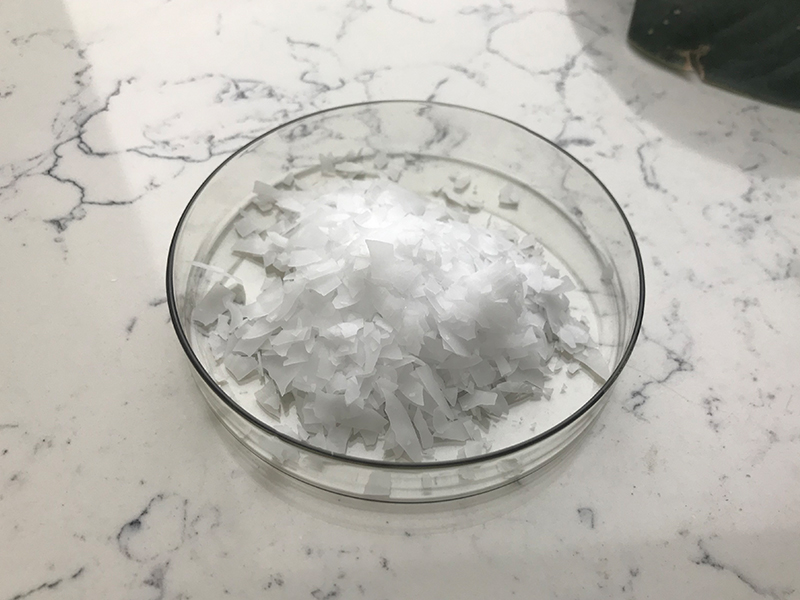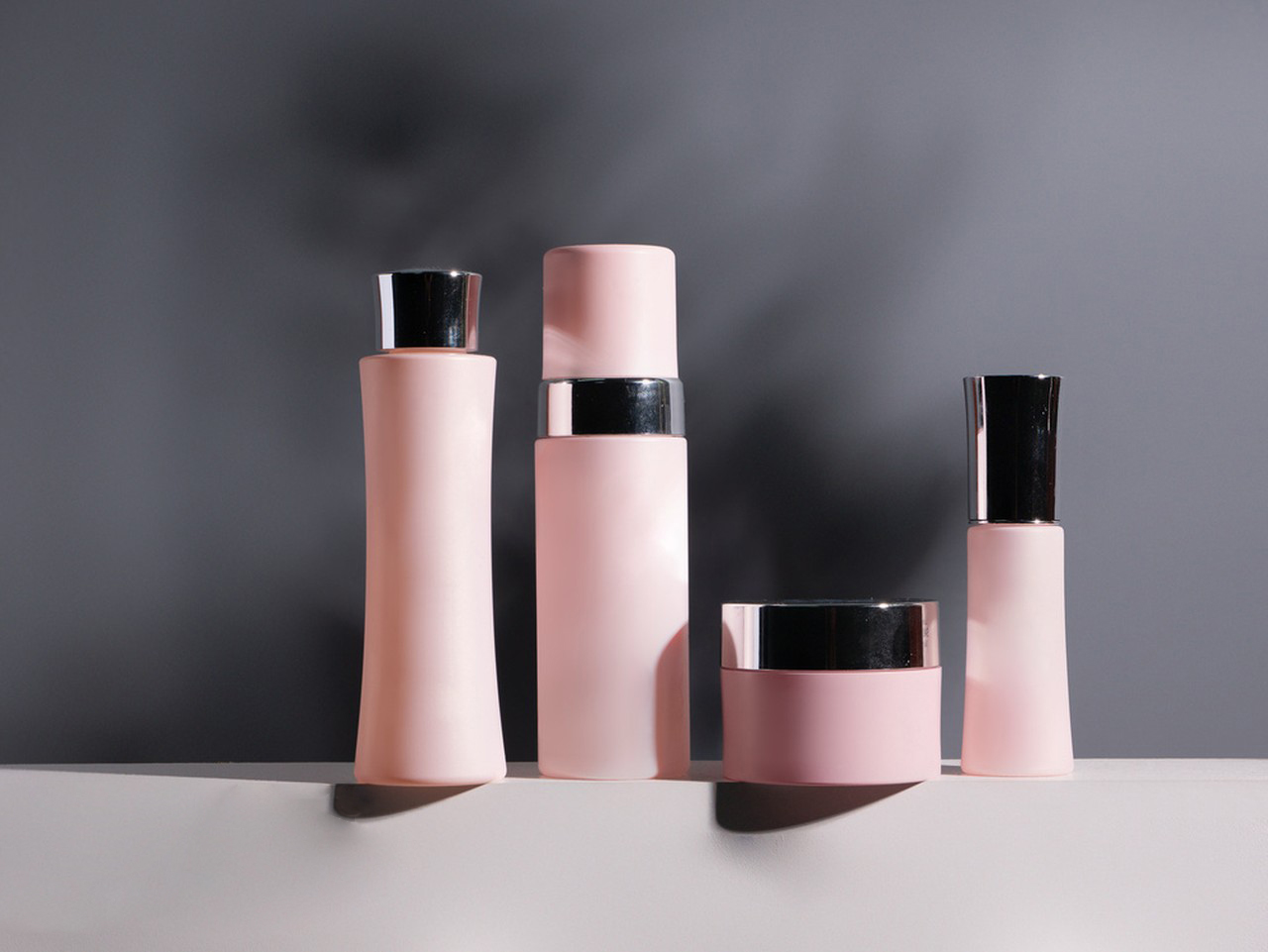Ceteareth is a mixture of cetyl and stearyl alcohol ethoxylates, commonly used in cosmetics and skincare products as an emulsifier and surfactant. It helps to stabilize and emulsify formulations, allowing water and oil-based ingredients to mix. While ceteareth itself is generally considered safe for use, it’s essential to be aware of potential side effects and take necessary precautions.
Effectiveness of Ceteareth:
1.Emulsification: Ceteareth is effective at creating stable emulsions, allowing the formulation of creams and lotions that combine water and oil components.
2.Texture and Feel: It contributes to the texture and feel of skincare products, providing a smooth and creamy consistency.

Side Effects of Ceteareth:
1.Skin Irritation: Some individuals may be sensitive or allergic to ceteareth. Prolonged or repeated exposure may lead to skin irritation. It is advisable to perform a patch test before using a product containing ceteareth, especially for those with sensitive skin.
2.Contact Dermatitis: In rare cases, ceteareth may contribute to contact dermatitis, an inflammatory skin condition.
3.Eye Irritation: Avoid direct contact with the eyes, as ceteareth may cause irritation. If eye contact occurs, rinse thoroughly with water.
Special Precautions of Ceteareth:
1.Patch Test: Before using a product containing ceteareth, perform a patch test by applying a small amount to a discreet area of skin. Monitor for any adverse reactions, such as redness, itching, or swelling.

2.Allergies: Individuals with a known allergy to ceteareth or related compounds should avoid products containing this ingredient.
3.Eye Contact: Take care to prevent the product from coming into direct contact with the eyes. If it happens, rinse the eyes thoroughly with water.
4.Consultation with a Dermatologist: If you have a history of skin sensitivity or dermatological conditions, consult with a dermatologist before using products containing ceteareth.
It’s important to note that the safety of skincare ingredients can vary from person to person. Reading product labels, performing patch tests, and being aware of your skin’s reactions can help you determine if a particular product is suitable for you. If you have specific concerns or questions, consulting with a healthcare professional or dermatologist is recommended.
